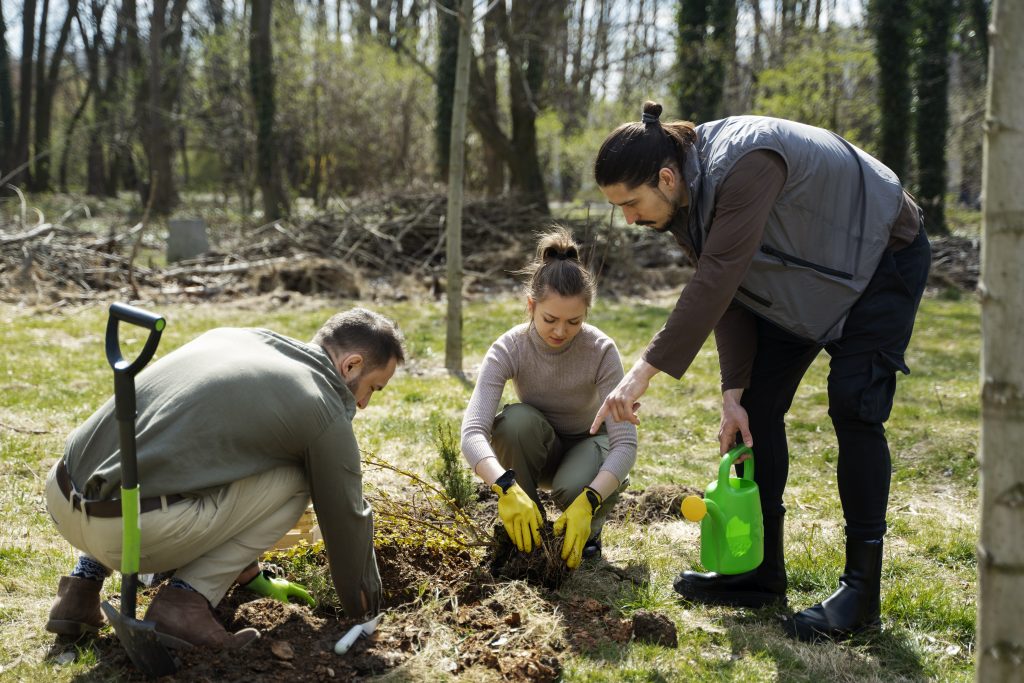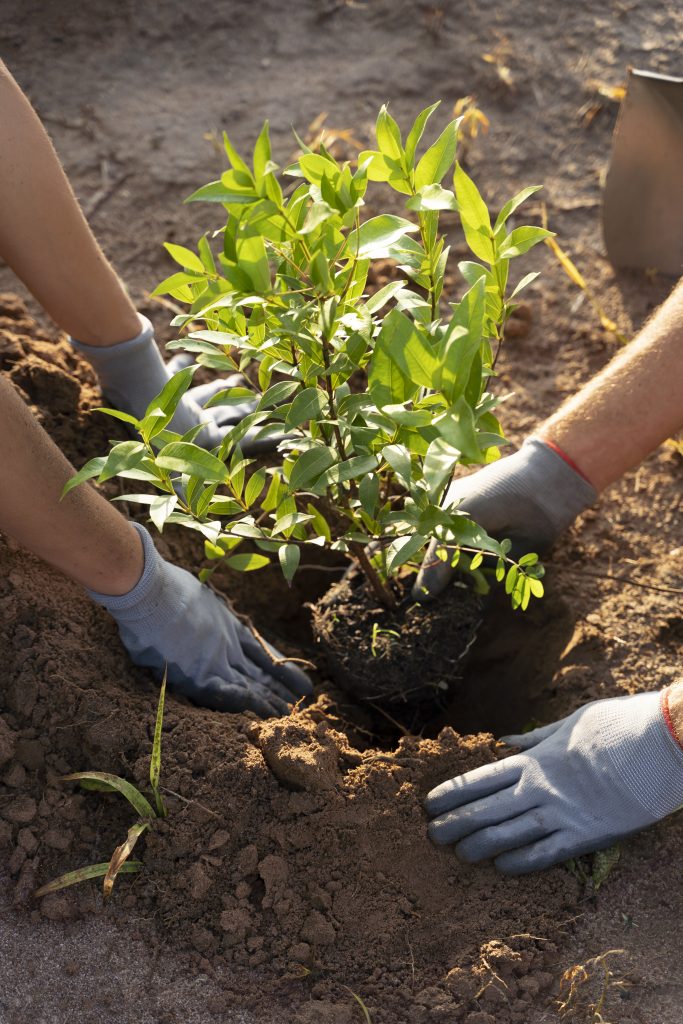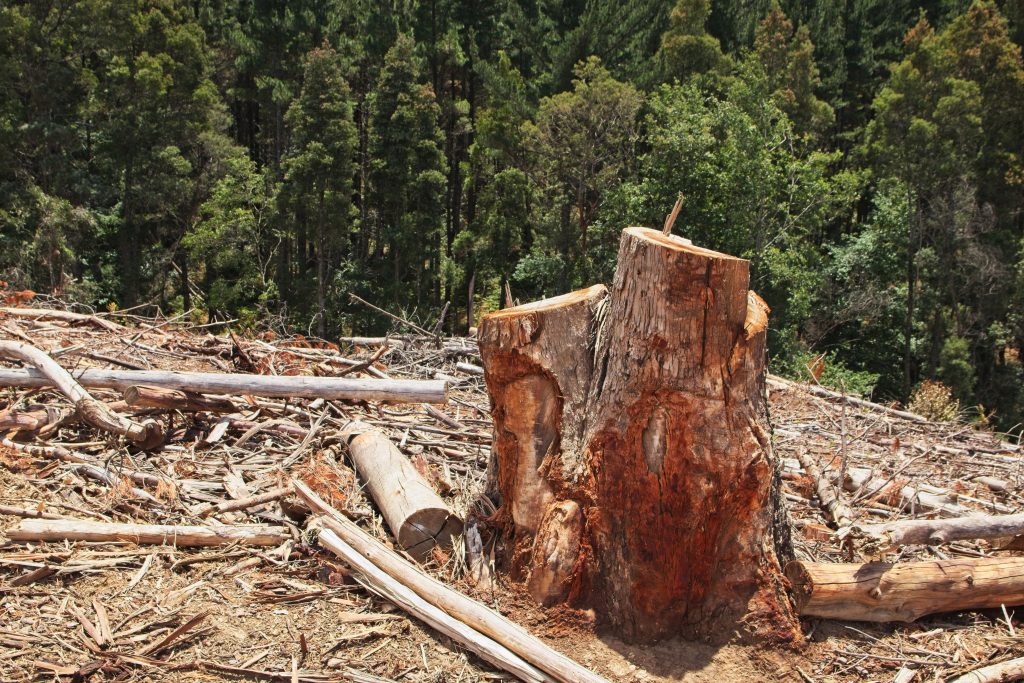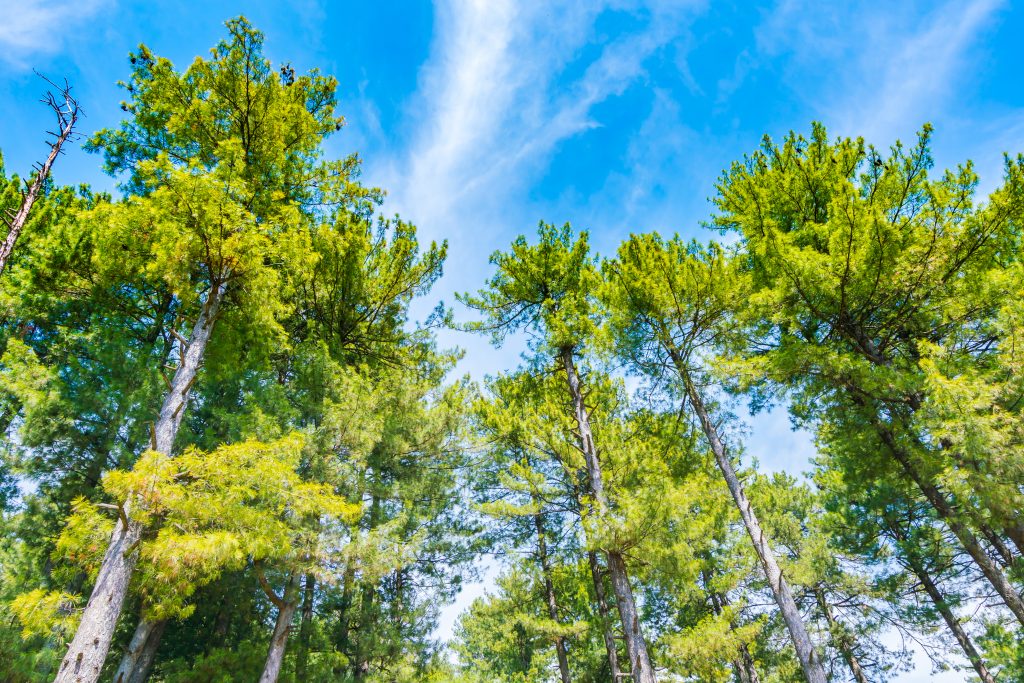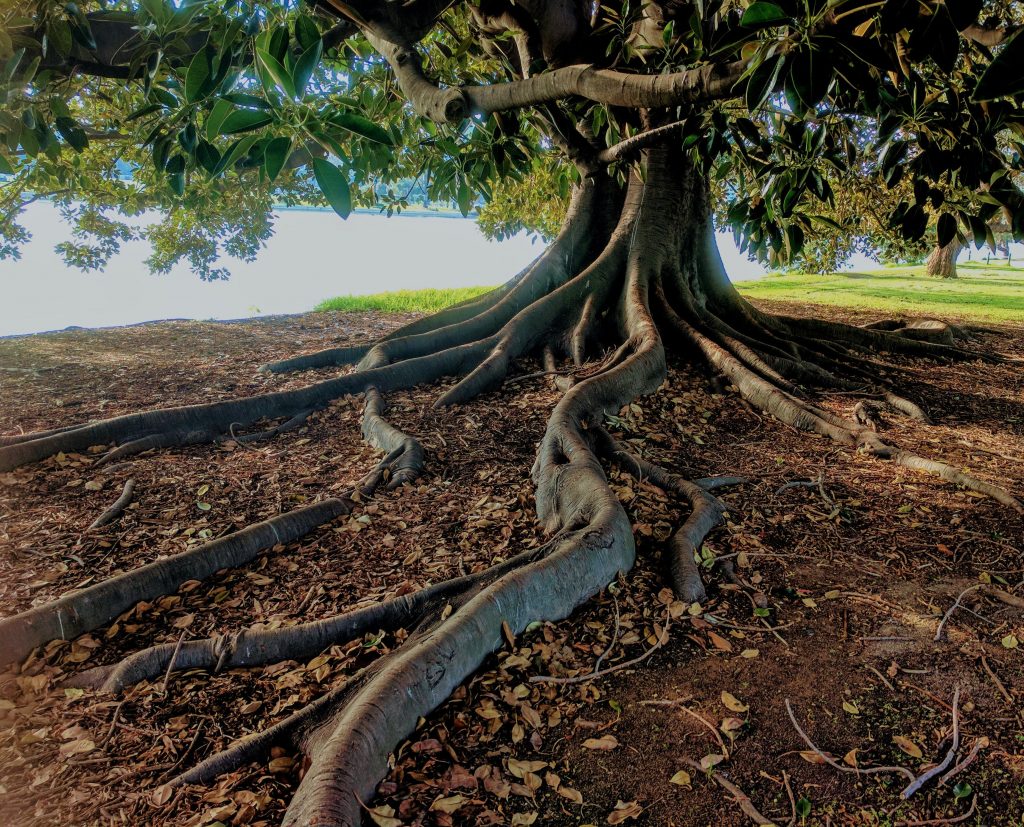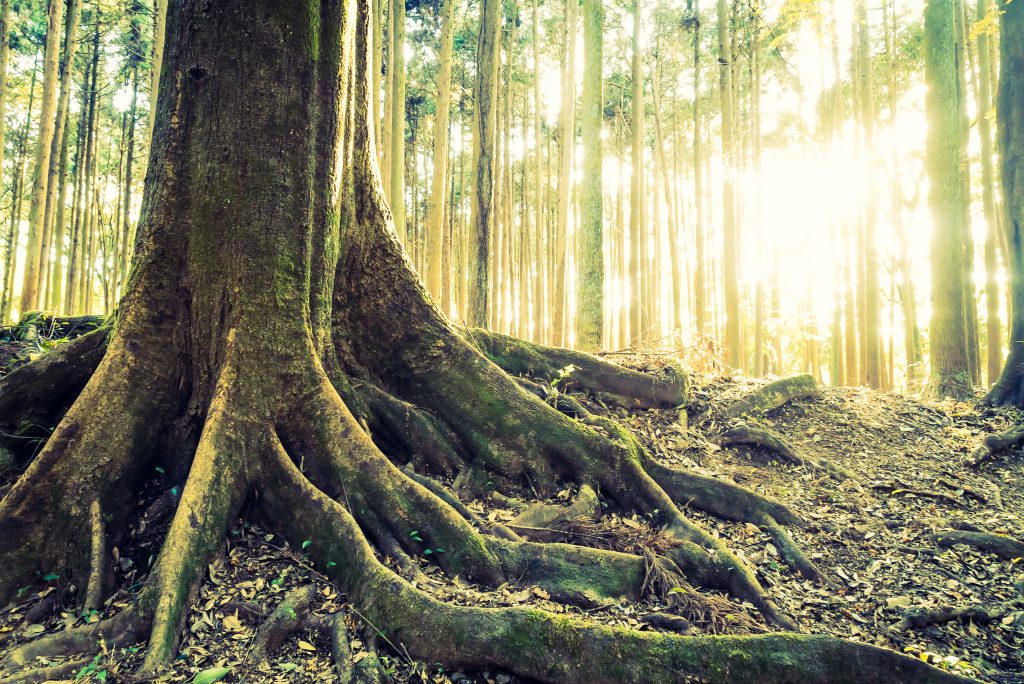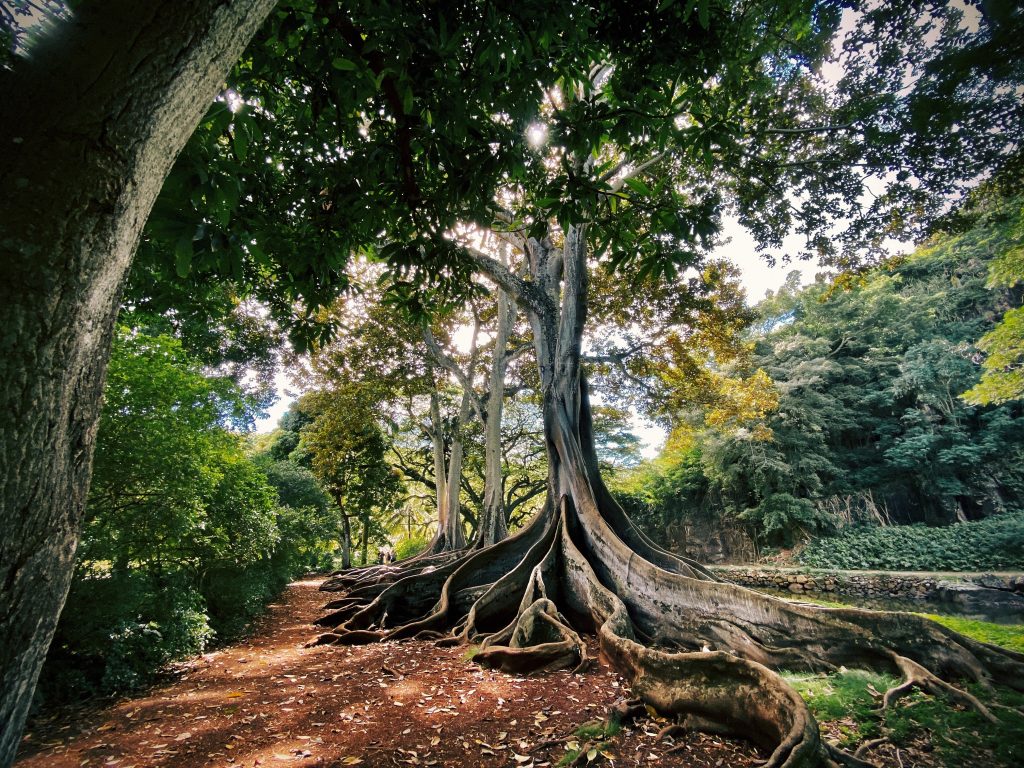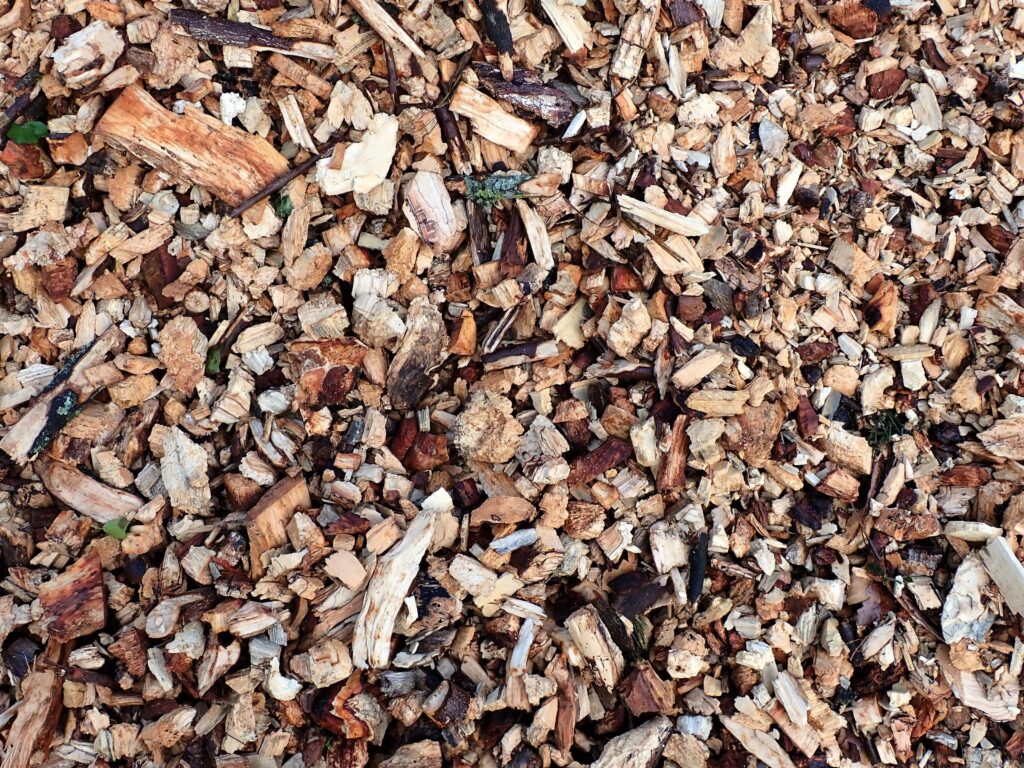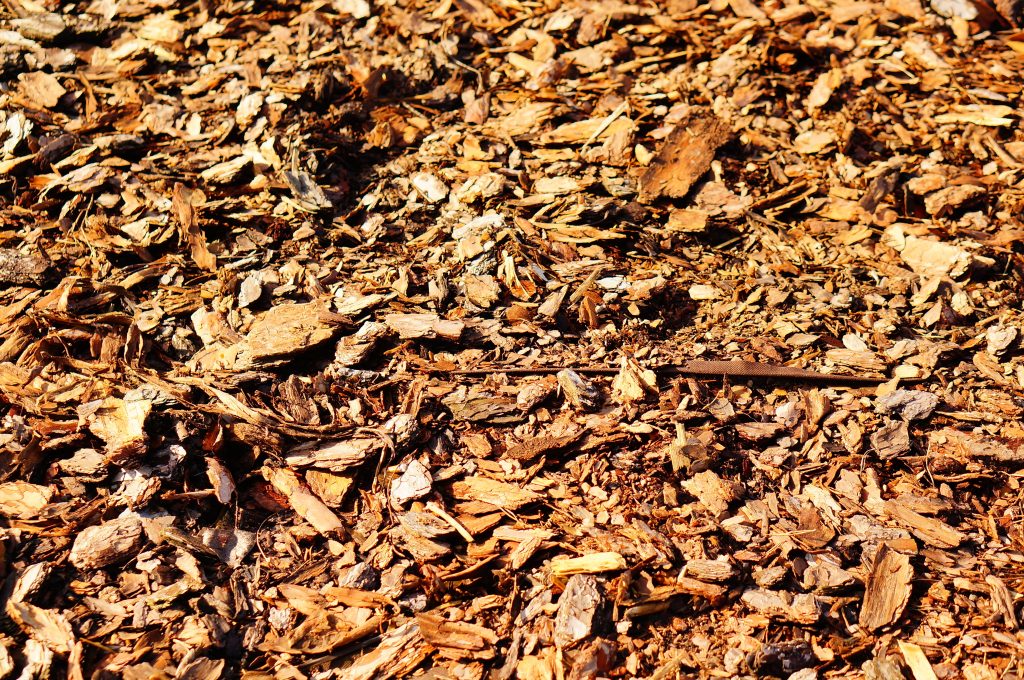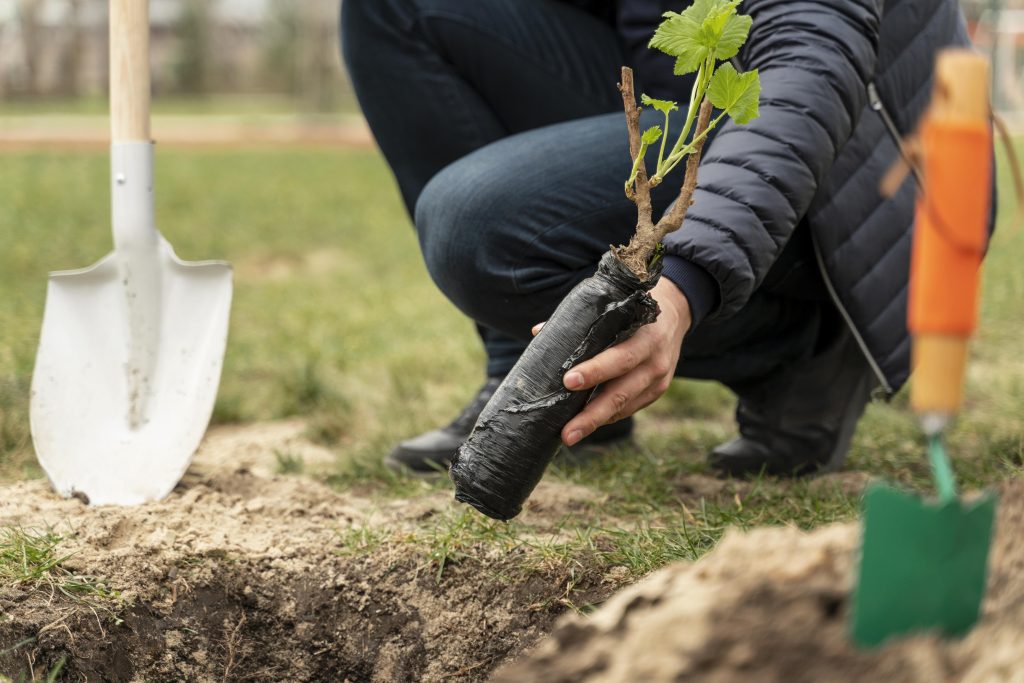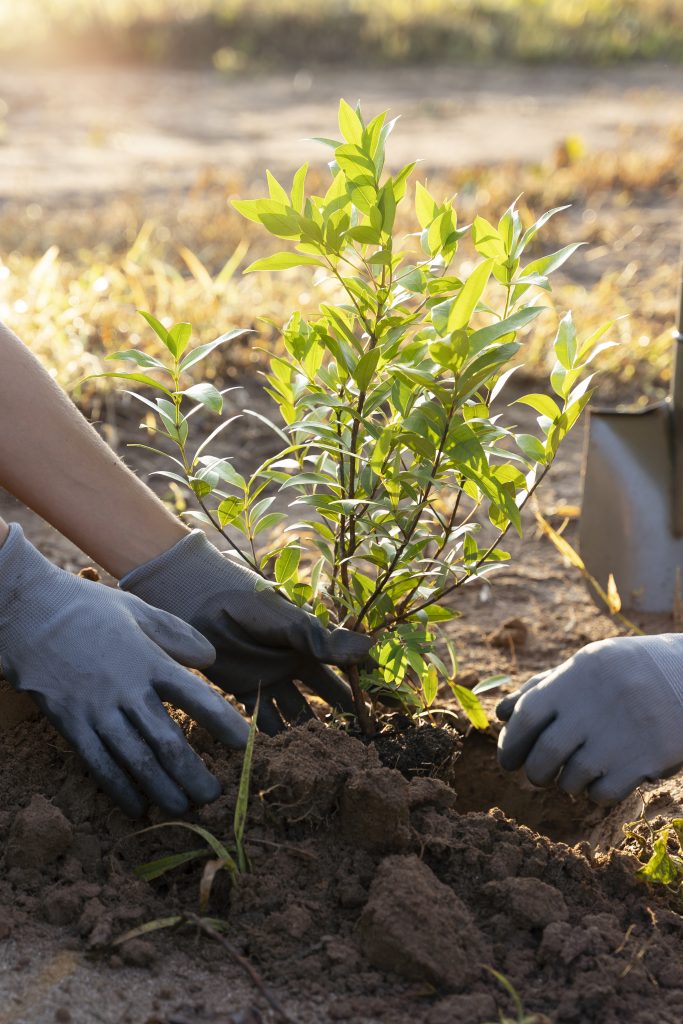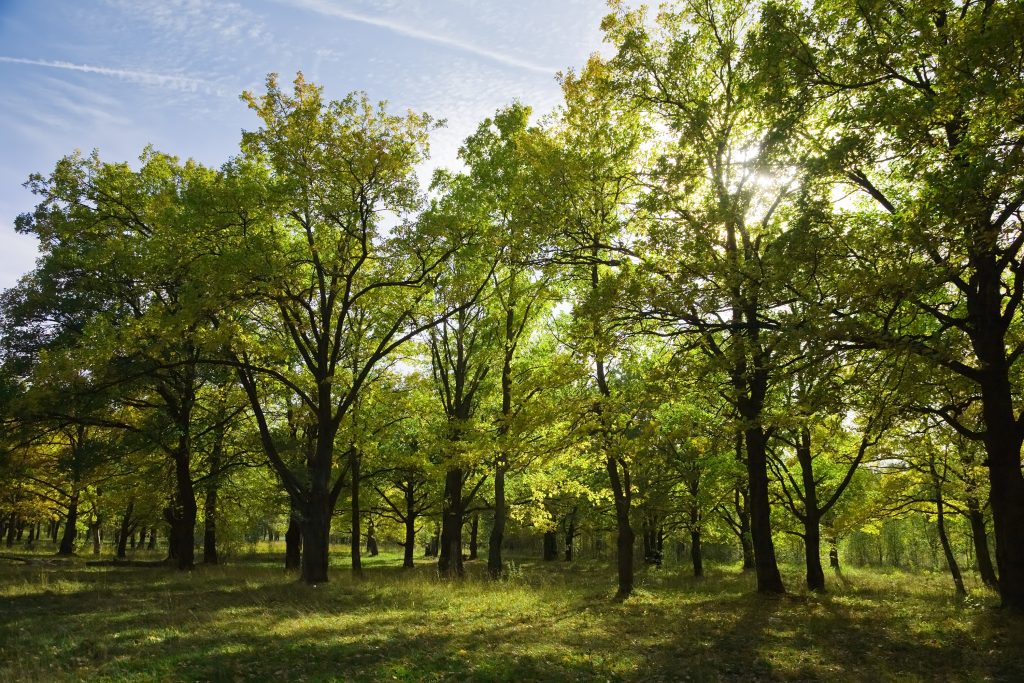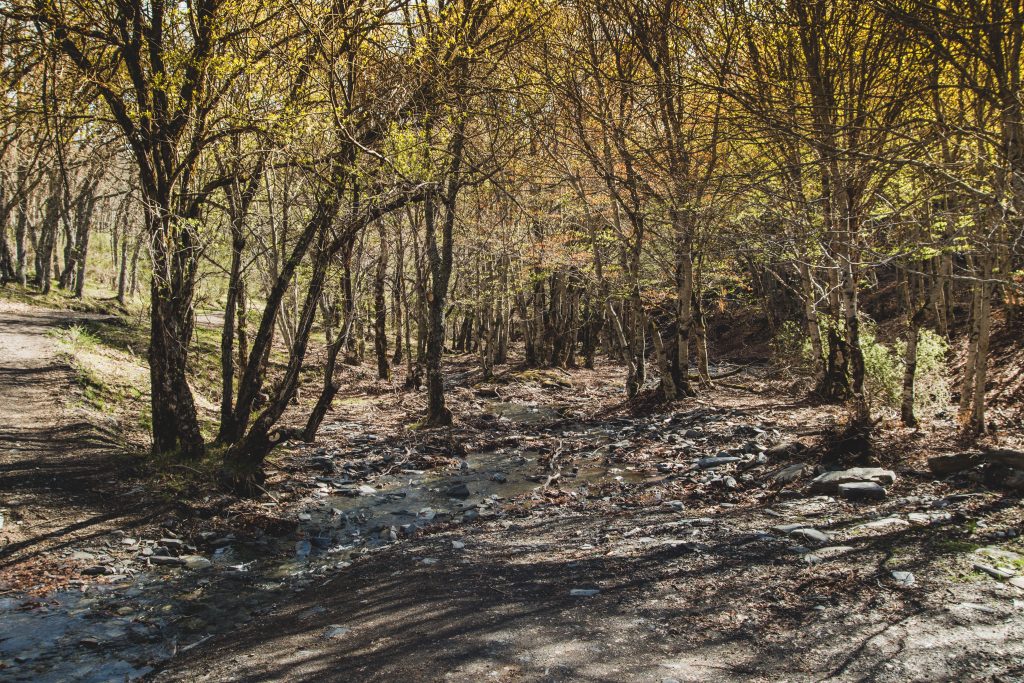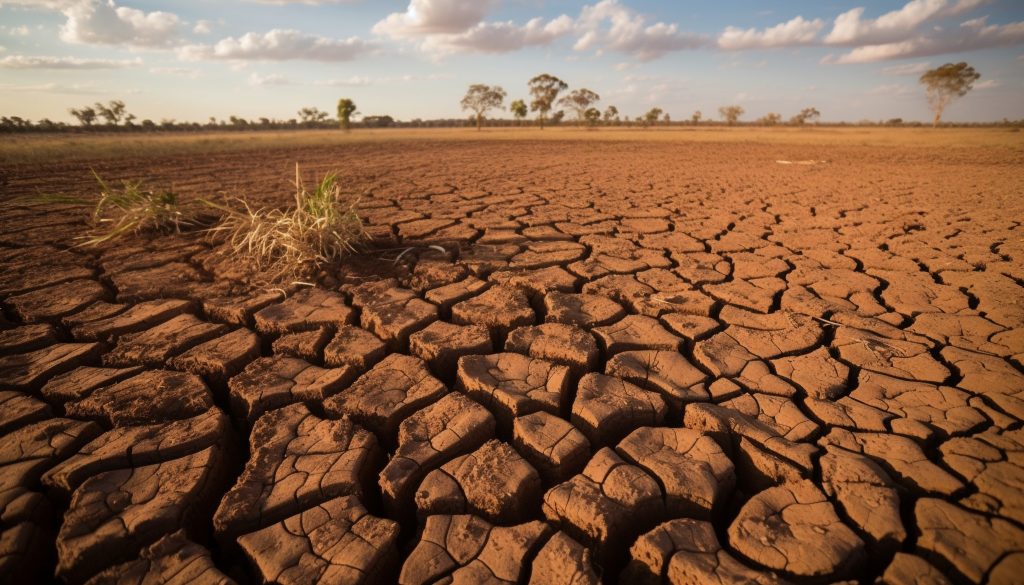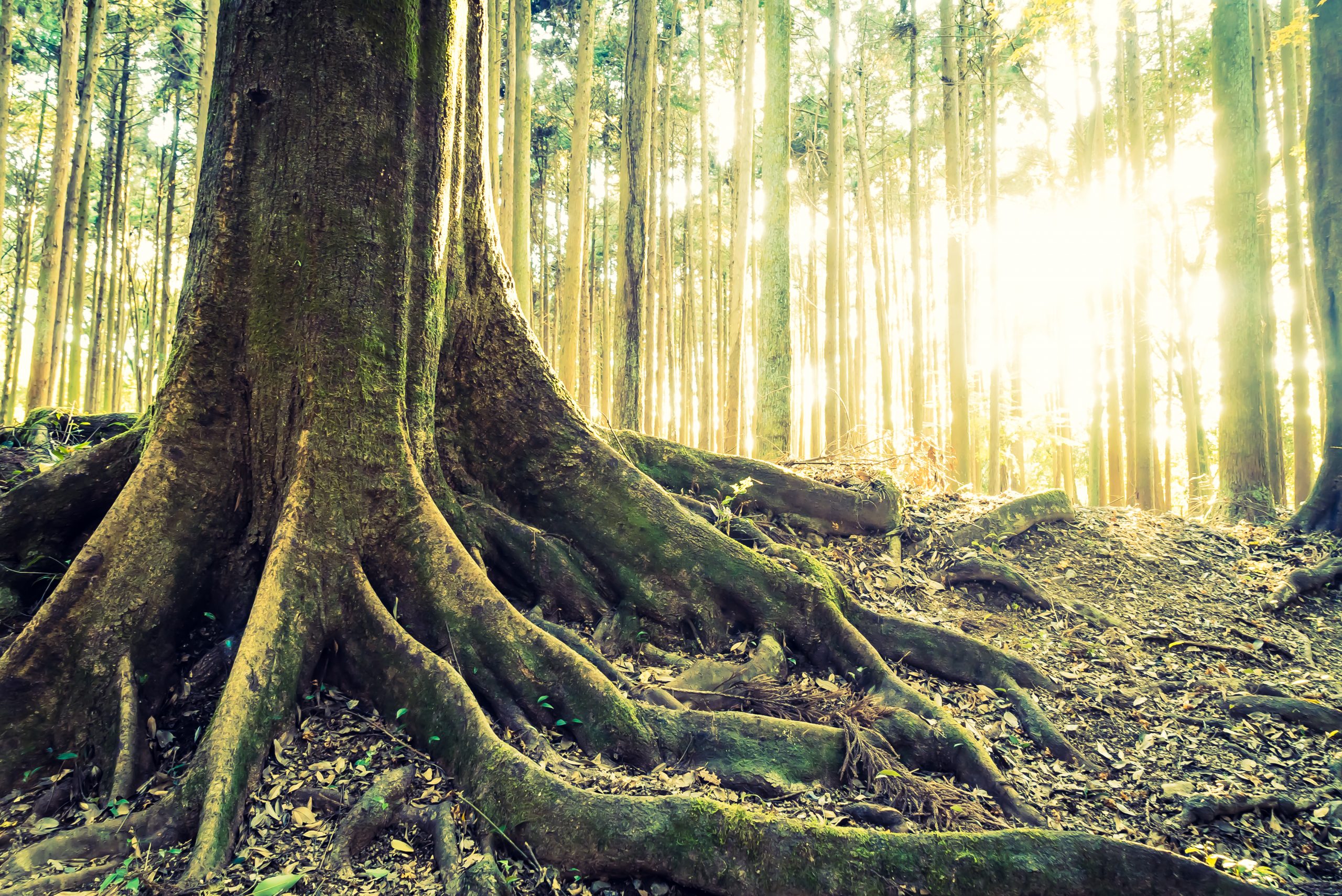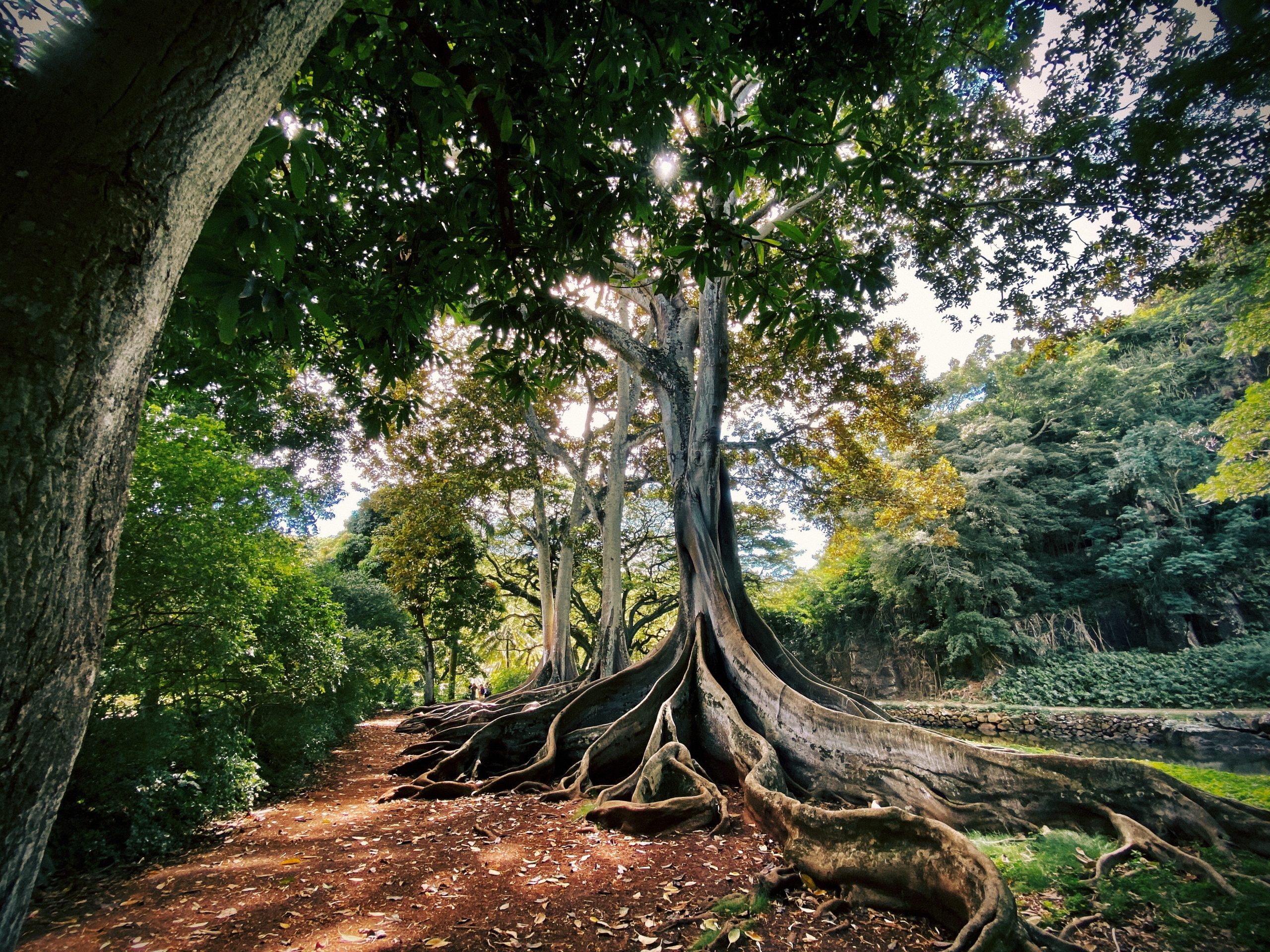THE DANGERS OF NOT REMOVING DEAD TREES NEAR PUBLIC PATHS AND TRAILS

Not removing dead trees near public paths and trails can pose significant dangers to both the public and the surrounding environment. Here are some of the key dangers associated with leaving dead trees in these areas:
- Safety Hazards: Dead trees are at risk of falling, especially during storms or high winds. These falling trees or branches can cause serious injuries or even fatalities to people using the paths and trails. Public safety is a primary concern, and dead trees near high-traffic areas can present an immediate risk.
- Liability Issues: If a dead tree falls and causes harm to a person or property, the entity responsible for managing the public paths and trails may be held liable for damages. Removing dead trees proactively helps mitigate this potential liability.
- Trail Accessibility: Fallen or dead trees can obstruct paths and trails, making them impassable and inconvenient for users. This can lead to reduced access and dissatisfaction among trail users.
- Environmental Impact: Dead trees can serve as a breeding ground for pests, pathogens, and fungi that may spread to healthy trees nearby. If not removed, the infestation can spread, affecting the overall health of the forest or ecosystem.
- Fire Hazards: Dead trees are often dry and can become fuel for wildfires. Leaving dead trees near public paths and trails increases the risk of fire incidents, especially in regions prone to wildfires.
- Aesthetic Value: Dead trees can negatively affect the aesthetics and beauty of public paths and trails. Visitors may be discouraged from using the trails if they perceive them as poorly maintained or unsafe.
- Ecological Balance: Dead trees provide habitat and food sources for various wildlife species. However, when dead trees are excessively concentrated near public paths and trails, it can disrupt the ecological balance, leading to potential overpopulation of certain species or imbalances in the ecosystem.
To address these dangers, it’s essential to implement regular tree inspections along public paths and trails. Dead or hazardous trees should be identified and promptly removed by qualified tree care professionals to ensure public safety and maintain the integrity of the environment.
Additionally, proper management of dead trees can include:
- Salvaging usable wood for beneficial purposes, such as habitat creation or wood recycling.
- Planting new trees to replace the ones removed, contributing to the sustainability and aesthetics of the area.
- Creating buffer zones or barriers to prevent dead trees from falling onto the trails or other sensitive areas.
By proactively managing dead trees near public paths and trails, communities can create safer and more enjoyable outdoor spaces for the public to enjoy while also preserving the health and balance of the natural environment.
Though people hate in general to lose any type of tree, there are just some instances when completely removing them cannot be avoided. Even just the thought of completely removing trees can bring sadness and tears to many people, whether they are die-hard nature-lovers or not. Of course, there are other ways wherein they can be still helped to grow healthily, such as pruning and trimming and trees also usually benefit from some fumigation. And the last and most drastic option, when there really is no other sound and safe reason to keep the tree around, is to remove it.
Below are the main and most common valid and acceptable reasons why trees have to be cut down or properly removed:
- If the tree is dead or its disease/s can no longer be treated or cured.
All people love to look at healthy and lush trees. But the ones that are dead or suffering from some diseases are pretty disheartening to look at. Dead trees are also usually serious safety hazards and can be a source of many accidents so people often decide to just have them removed.
- Wrong tree type at a poor location.
Some trees can be a threat when they are rooted in areas of high pedestrian and/or vehicular traffic. One particular tree is the Eucalyptus, which always have the tendency to lose or drop big branches frequently. Of course, cutting them down is not always the immediate option; if they are still very healthy, they can be removed and transplanted to a different area where they cannot cause any problems or danger with the help of local professional arborists or some tree surgeons.
- When a tree has become a refuge and breeding ground for big and small pests.
Dead and healthy trees can become the home of unwanted and disease-carrying pests, such as rodents and ants. Bees and wasps, which can be very dangerous insects, also tend to nest or build their hives in trees. And if people are very particular about the safety and security at their properties, especially if they are concerned about their children, then they do have a valid reason for removing them.
Trees, in addition to being wonderful and beautiful natural structures that everyone should nourish and cherish, also provide many benefits to all humans, living creatures, and the environment in general. But it is also important to look at the big picture, too. When trees have to be removed, harboring any doubts or misgivings about this course of action will not serve to help anyone. After all, your safety and good health, and your loved ones’ as well, are also important and should be your top priority.
You don’t know how it happened, but it did – you’ve got a dead tree on your hands. If you want to preserve the lush look of your landscape, then it’s time to consider hiring a tree removal service. Perhaps your majestic oak is posing a major danger for drivers, as it’s starting to lean out onto the road, or your tree is causing some serious damage to your roof – and it needs to go now.
While homeowners should consider tree removal a last-option, you’ll need to give your local tree service a call if:
- A tree is causing structural damage to your home;
- It’s causing a safety or navigational hazard.
- Your tree has kicked the bucket. If the tree hasn’t blossomed or had fresh growth in over a year, it’s highly likely that it’s dead. Break off a small branch to see – is it brittle? Are the insides dry? If so, then it’s time to call a tree removal service.
Worried that this unexpected expense will break your bank account? While you can get a free estimate from most tree removal companies, you can use the following factors to estimate just how much it will cost to remove your troublesome tree:
- The location of the tree can have a significant impact on the total cost of removal. For example, how easy is it for the tree removal company to get to the tree? Is it located near your house or near the road? Is it safe to remove, or will the arborist in question need to deal with utility wires and other dangerous obstacles? Additionally, will the tree removal have an impact on your neighbor’s property?
- The size and location of the tree will have the biggest impact on the total price of your tree removal.
- The health of the tree will also have an impact on the price of your project. Expect dead, dying or diseased trees to potentially cost more to remove (because of the danger and skill needed to address the removal), while healthier trees will be easier on your piggy bank. Periodic evaluation of your trees and plants could save you thousands of dollars in repairs and or replacements. It will in fact add thousand of dollars of value to your home by adding beauty to your landscape.
- You should expect when speaking with a professional tree service provider, that they will outline for you the specific cost for specific work to be done. Cost for tree removals, tree trimming, stump grinding, and other specialized services not limited to hauling and fertilization should be clearly outlined in a proposal for work.
While tree removal can be an unexpected cost, knowing what you’ll be charged for can make all the difference between a surprise invoice and an expense you’re prepared for. If you really want an exact figure for your tree removal, ask local companies for a free tree estimate. You will find that the frequent analysis of your trees will pay off, when you save large sums of cash for addressing dead or dying trees.
Tips To Maintaining Garden Trees
Few people may realize that tall ones in the garden need constant, responsible and specialized care. If not properly monitored and regularly pruned, they may quickly grow out of control and not only become unsightly, but also pose a potential danger to family, neighbors and property. For example dead ones, or trees with large dead branches that are allowed to rot, will eventually tear off or fall over (usually in high winds and storms) and can damage overhead power lines, neighbors’ fences or property, and, in the worst scenario, people.
Here are some of the basic maintenance rules for mature garden trees:
Structural Pruning of Young Trees
Structural pruning when they are young is an important elementary step to proper and proactive tree maintenance. May of the problems trees develop in later years could have been easily avoided if properly pruned and shaped when young. Pruning in young ones also encourages healthy branch formation and will require far less maintenance in the long run. For example, when pruning, many future problems can be avoided by cutting away weak branches, or directing growth away from potential future hazards such as buildings.
Maintaining Mature Trees
When pruning or shaping mature plants, there are a number of aspects to consider. For example, the species of tree, its growth habits, its situation, the time of season, and its age. Mature plants are not as responsive to pruning as young ones. When in doubt, it may be best to consult with a professional arborist to ensure that the tree is preserved rather than damaged while ensuring safety and proper health.
Removing Dead Trees
It is always a source of regret when a mature tree needs to be cut down or removed. But very often this becomes a necessity when it poses a threat to property, or parts of it have died, or the tree is dead altogether. Anyone without proper knowledge, equipment or expertise should not attempt to cut down or remove mature trees themselves. This is definitely a job for specialists, as some large ones can be extremely risky to remove (especially in urban areas) due to their proximity to people, power lines and property. Very often cranes have to be used in the case of dangerous tree removals.
If you need a tree service in Utah, you can call:
Truco Services, Inc.
4640 Commerce Drive
Murray, Utah 84107
(801) 466-8044
https://truetreeservices.com/
